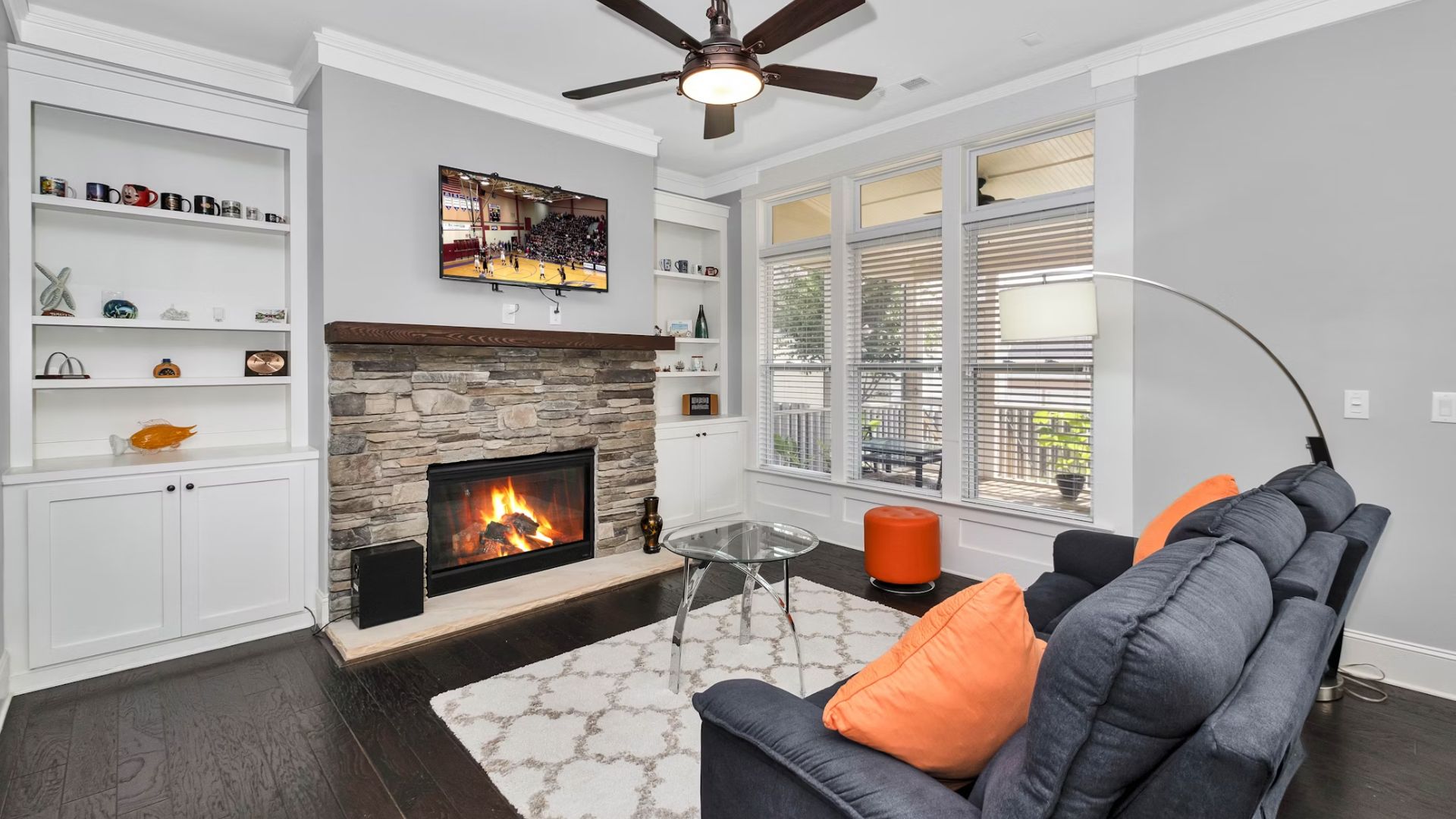
In today’s interiors, fireplaces have evolved beyond simple heat sources to architectural focal points. Modern designs merge form and function, combining smart technology, sleek materials, and efficient performance. Some transform bare walls into sculptural showpieces, while others enhance the seamless flow between indoor and outdoor living spaces. They also add comfort and convenience to a space. Still, not every visually striking design delivers practical results. Certain features, although bold in concept, can lead to costly operational frustrations or safety concerns. Recognizing the difference between what makes a room better and what disrupts it is key, especially when planning a renovation or designing from scratch. Read on to find the best modern fireplace ideas and the impractical features worth leaving behind.
Sleek Wall-Mounted Fireplaces That Save Space

Mounted directly onto drywall, these fireplaces eliminate the need for bulky framing or floor clearance. They are ideal for narrow rooms or compact apartments as they free up precious space while delivering a visual impact. Some double as modern art, blending function and form without a chimney, hearth, or the usual design constraints of traditional builds.
Minimalist Linear Fireplaces For Contemporary Interiors
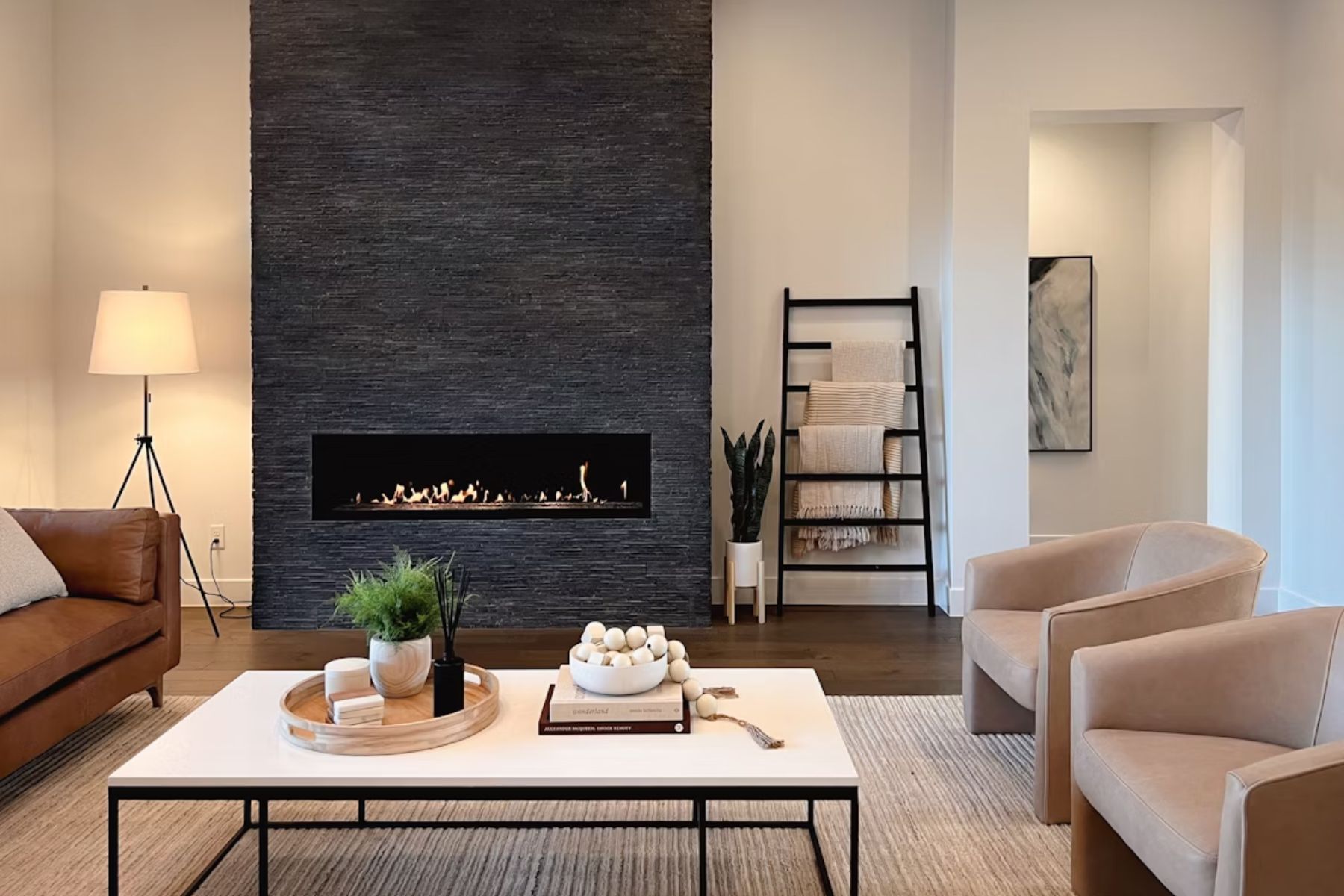
Minimalist and horizontal, linear fireplaces stretch cleanly across walls to create a widening effect. Their frameless style pairs beautifully with concrete or tile. Most use clean-burning fuel like electricity or gas. Remote control features make them a smart choice for sleek interiors where simplicity and convenience are paramount.
Double-Sided Fireplaces That Enhance Open Floor Plans
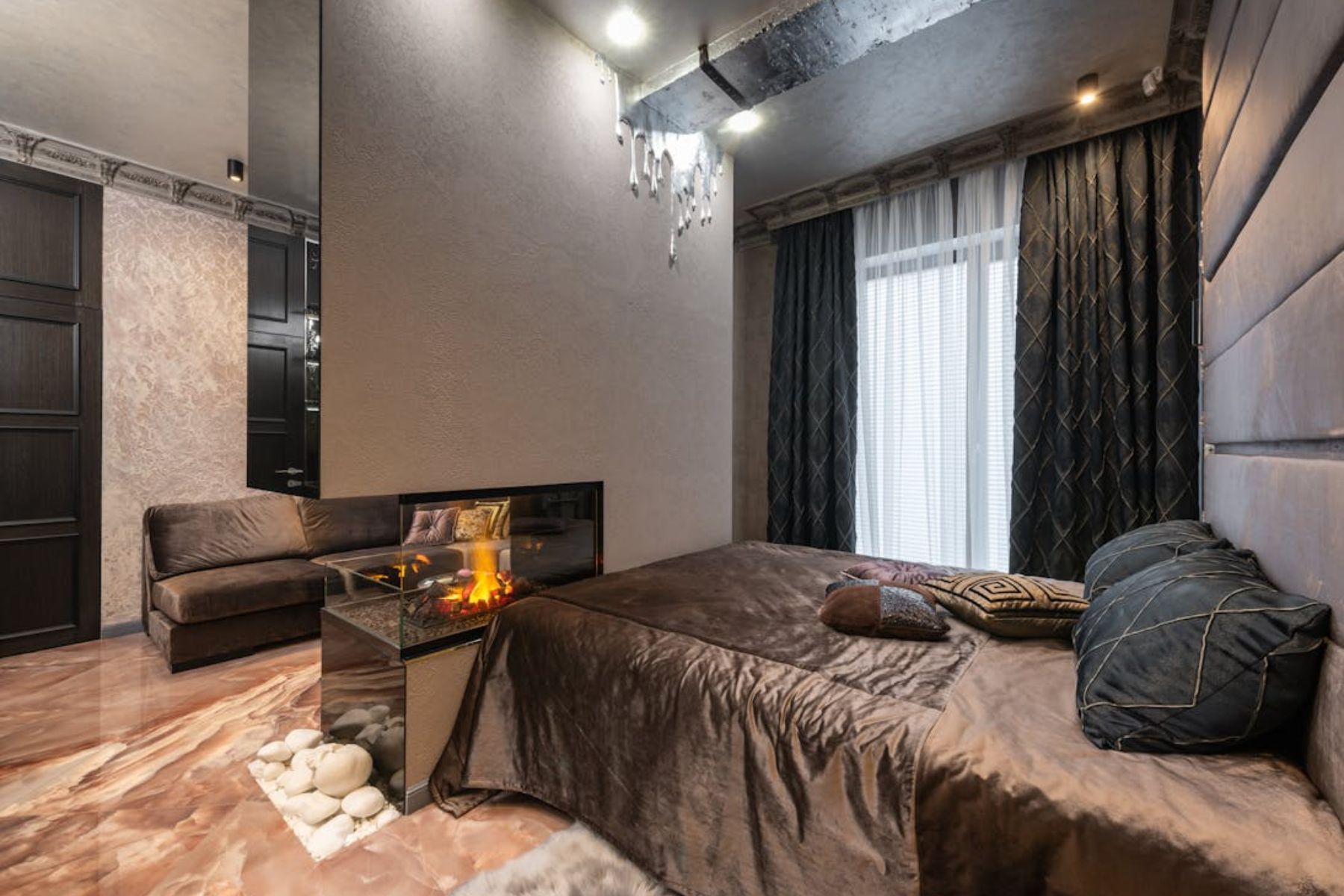
Serving two spaces at once, these fireplaces act as both dividers and centerpieces. Flames are visible from either side, offering shared warmth without blocking light or flow. Features like clear panels further enhance transparency and unity. They’re especially useful in spacious layouts where you want a definition between rooms without losing a cohesive feel.
Corner Fireplaces That Maximize Unused Spaces
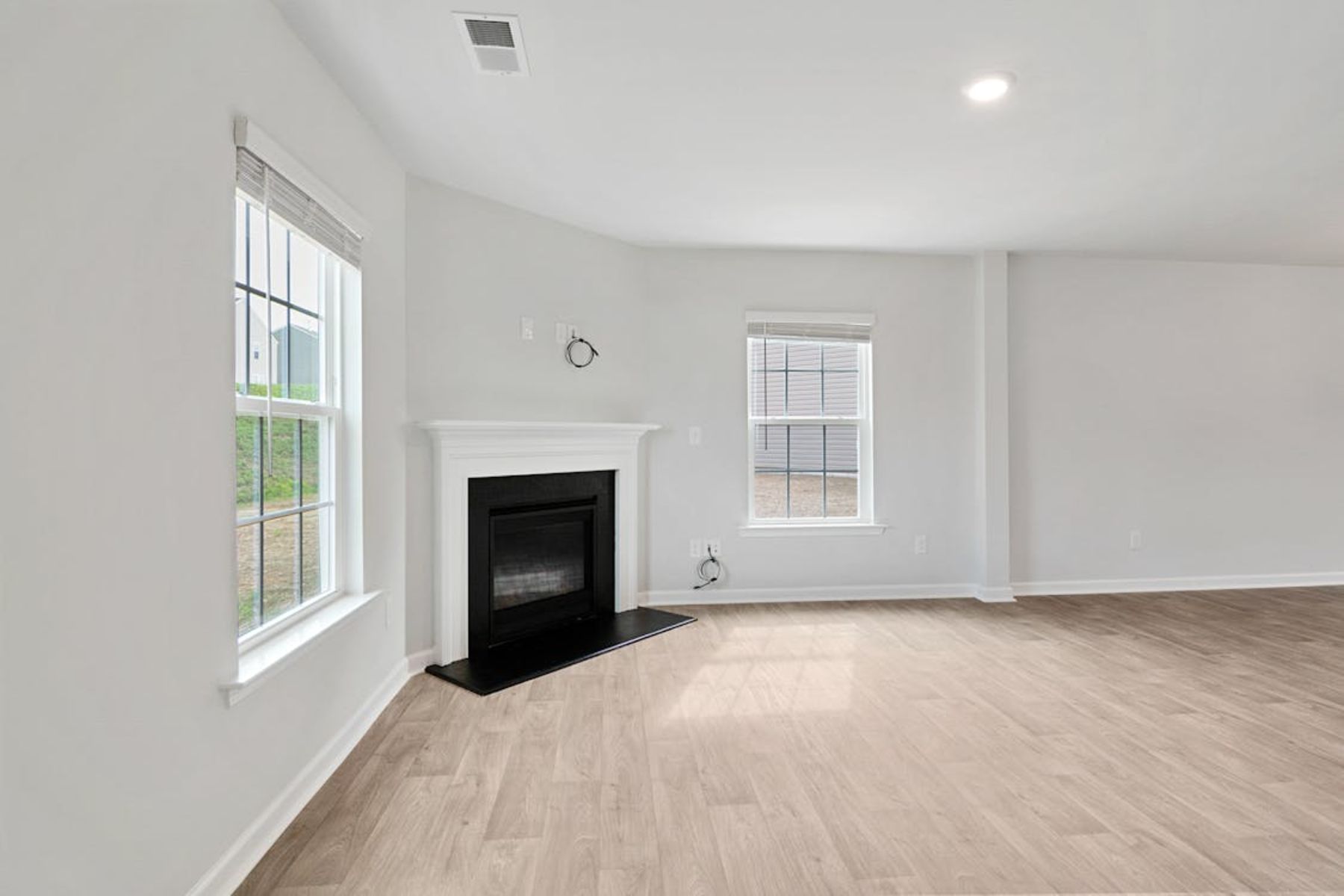
These fireplaces maximize space that would otherwise be wasted. Their placement keeps sightlines open and works well in small or irregular rooms. Many models come with built-in shelving or cabinetry, offering additional vertical storage space. It’s a smart solution when central placement isn’t an option, but cozy ambiance still is.
Built-In Fireplaces With Smart Home Integration

Fireplaces that sync with smart home systems do more than heat a room—they think for it. From remote flame adjustments to thermostat-linked automation, these built-ins offer precision and peace of mind. Voice commands via Alexa or Google Home add ease, while safety sensors continuously monitor airflow and performance in real time.
Freestanding Fireplaces With Sculptural Appeal
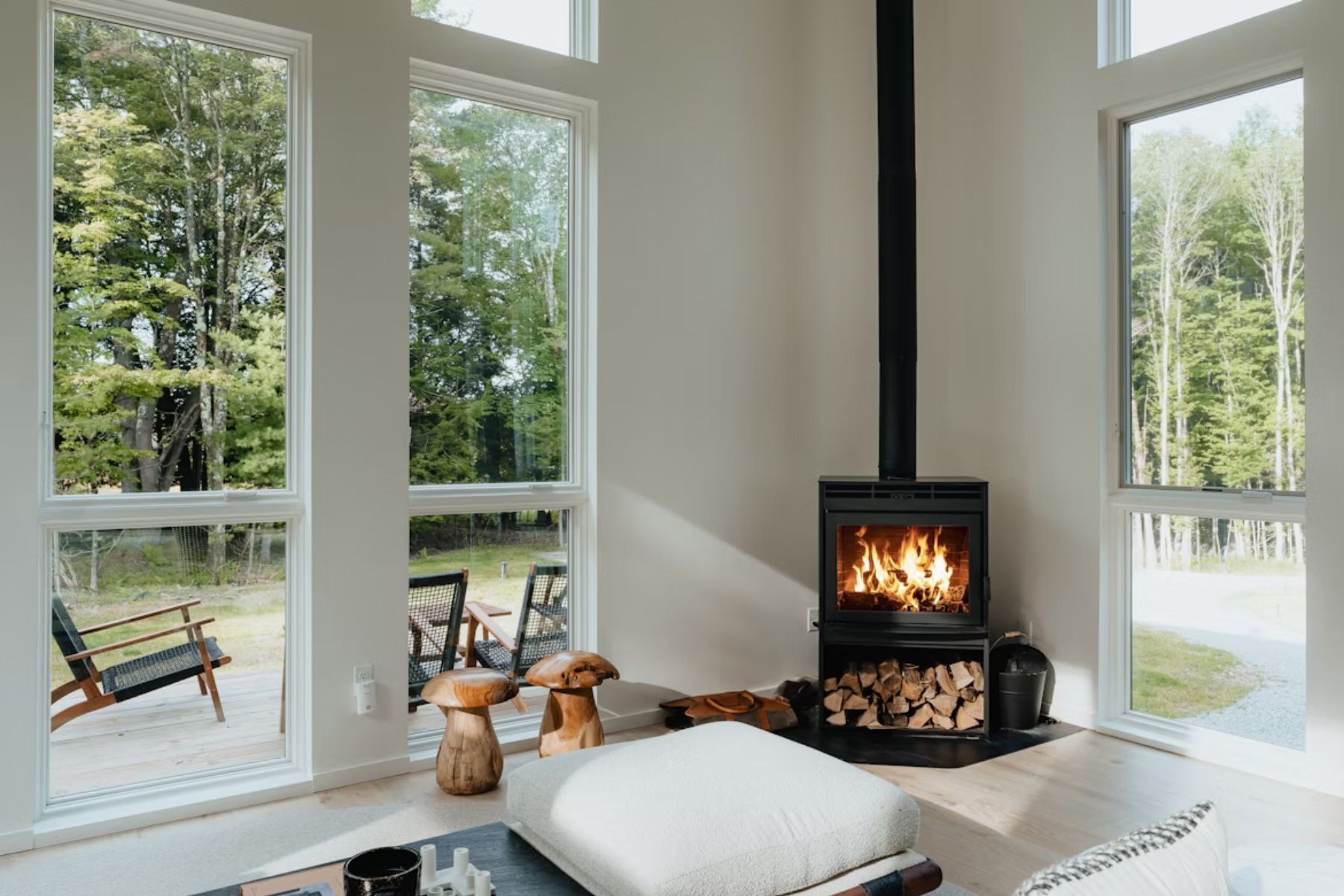
Beyond providing heat, these fireplaces double as bold design statements. Their freestanding form allows for flexible placement—centered, cornered, or floating in open-plan layouts. Moreover, materials like steel, ceramic, or stone improve their visual appeal. Many feature 360-degree flame views, creating a functional sculpture that anchors the room with presence.
Outdoor-Indoor Fireplaces For Seamless Living
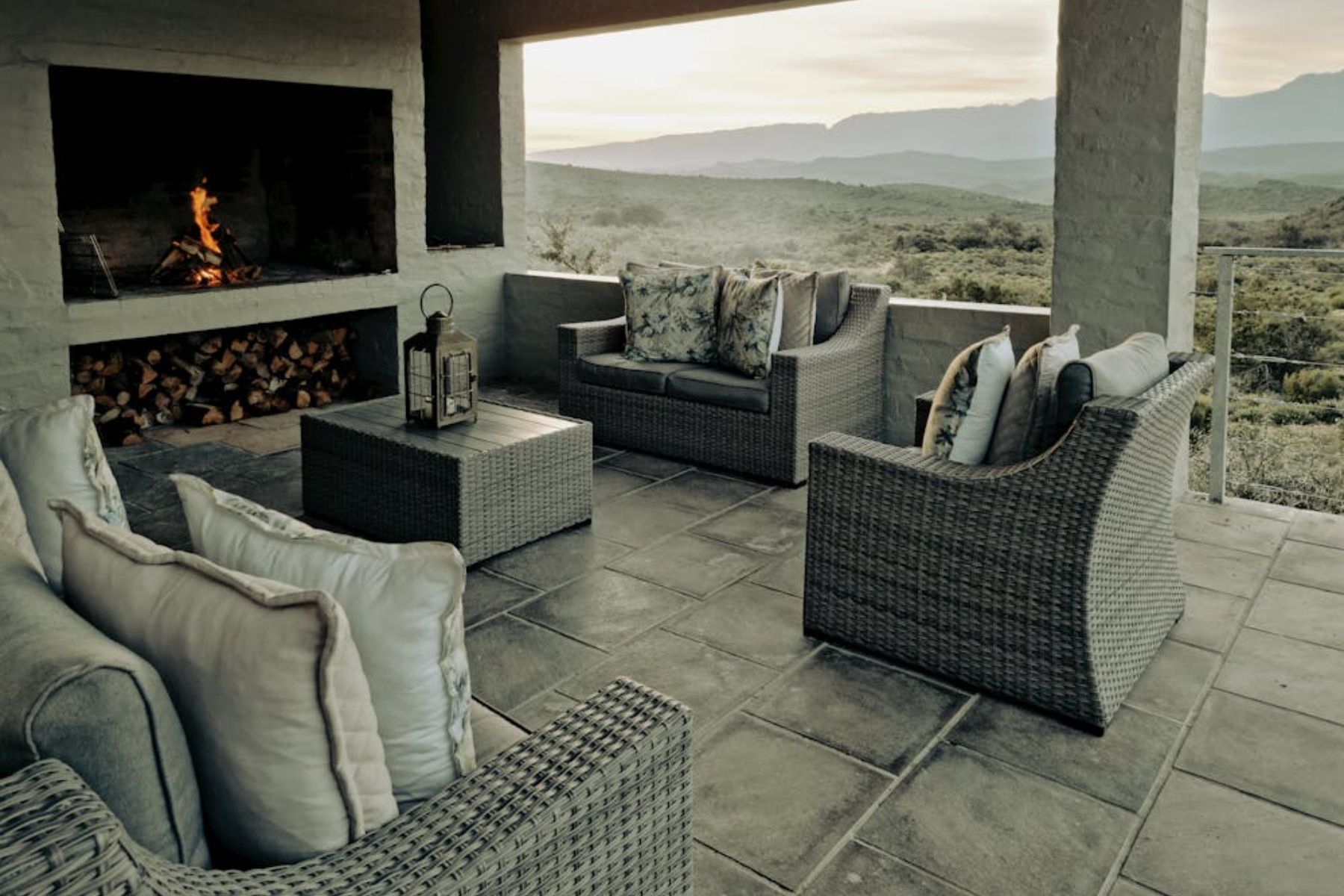
Outdoor-indoor fireplaces blur the boundary between the interior and exterior and warm both spaces through a shared wall. They extend ambiance across patios and lounges without interrupting the flow. Durable, weather-resistant finishes ensure year-round use, too. Ideal for modern homes with sliding glass walls, they support seamless transitions between indoor calm and outdoor comfort. Now, let’s look at the most impractical fireplace features.
Fireplaces Without Heat Output In Cold Climates
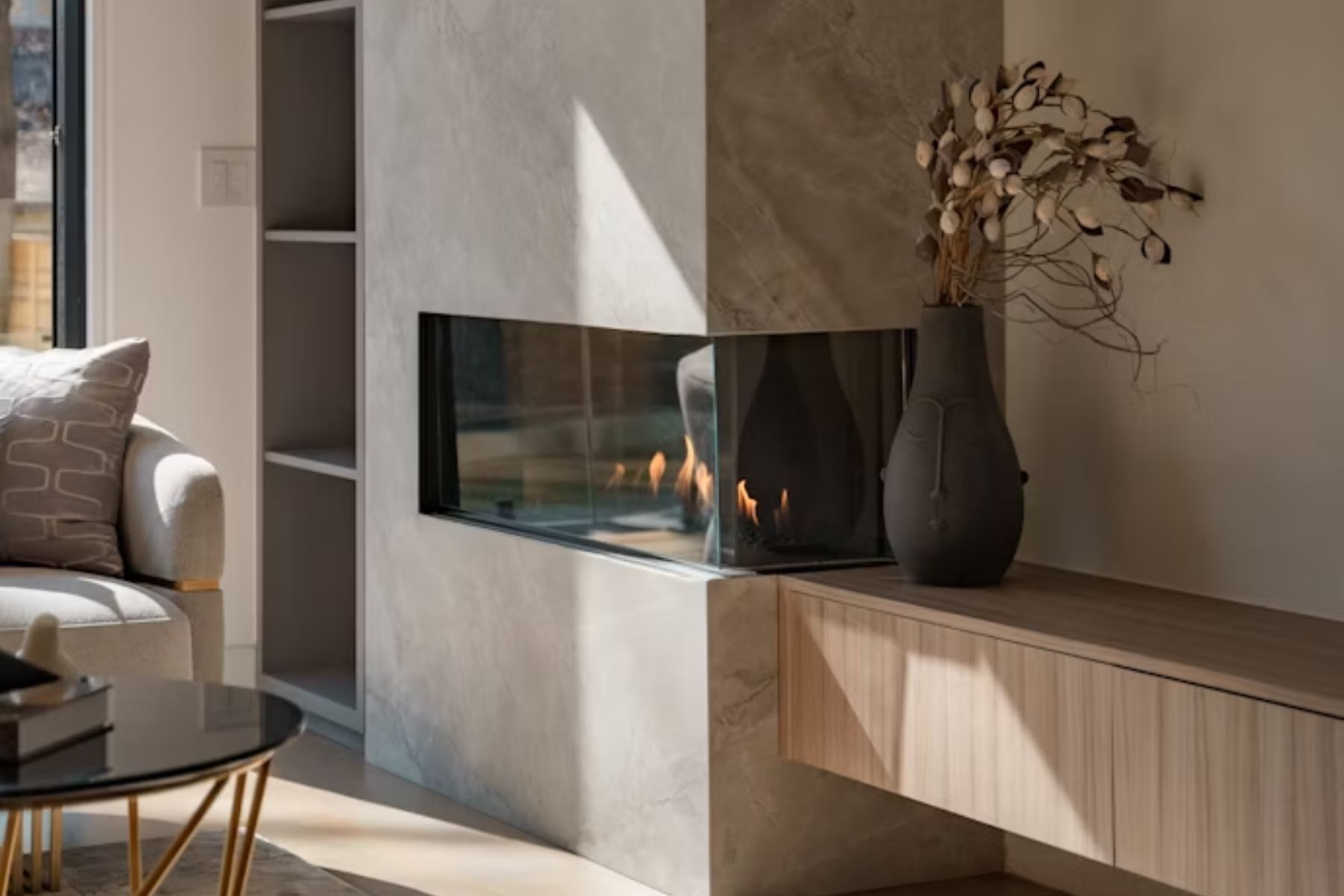
Aesthetic appeal can’t compensate for insufficient warmth, especially in cold climates. Many of these units are electric and built for mood, not function. They struggle to heat larger rooms effectively, leaving homeowners to rely on other sources. In winter, using one may increase central heating demands rather than supplementing them.
Designs That Rely Solely On App-Based Controls
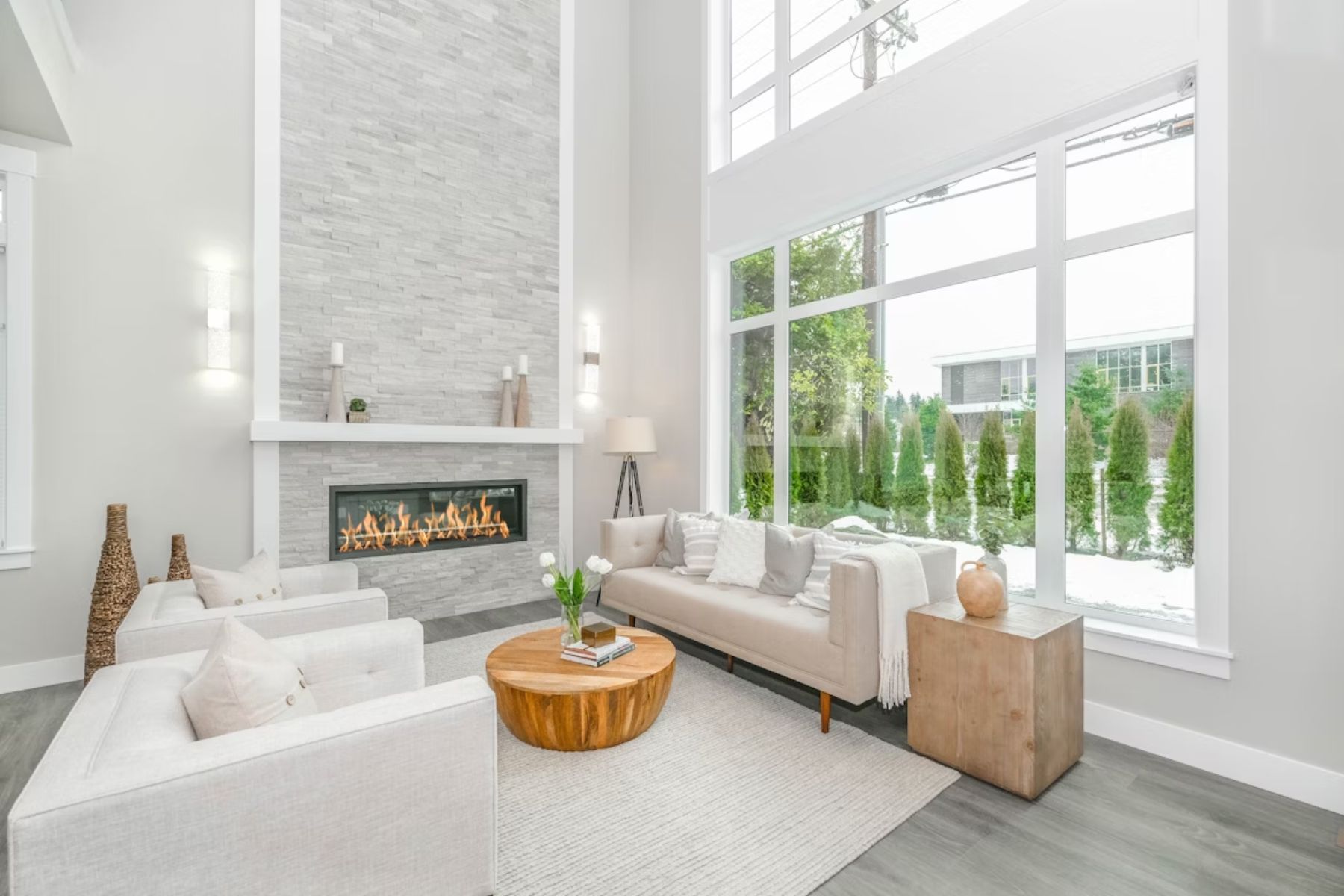
Digital-only controls sound futuristic—until the app crashes, power goes out, or your phone isn’t nearby. Without manual overrides, these fireplaces become inaccessible in emergencies. Guests or kids can’t easily operate them, either. While sleek on paper, such designs often lack the reliability and user-friendliness that real-life use requires.
Glass-Enclosed Units That Are Hard To Clean
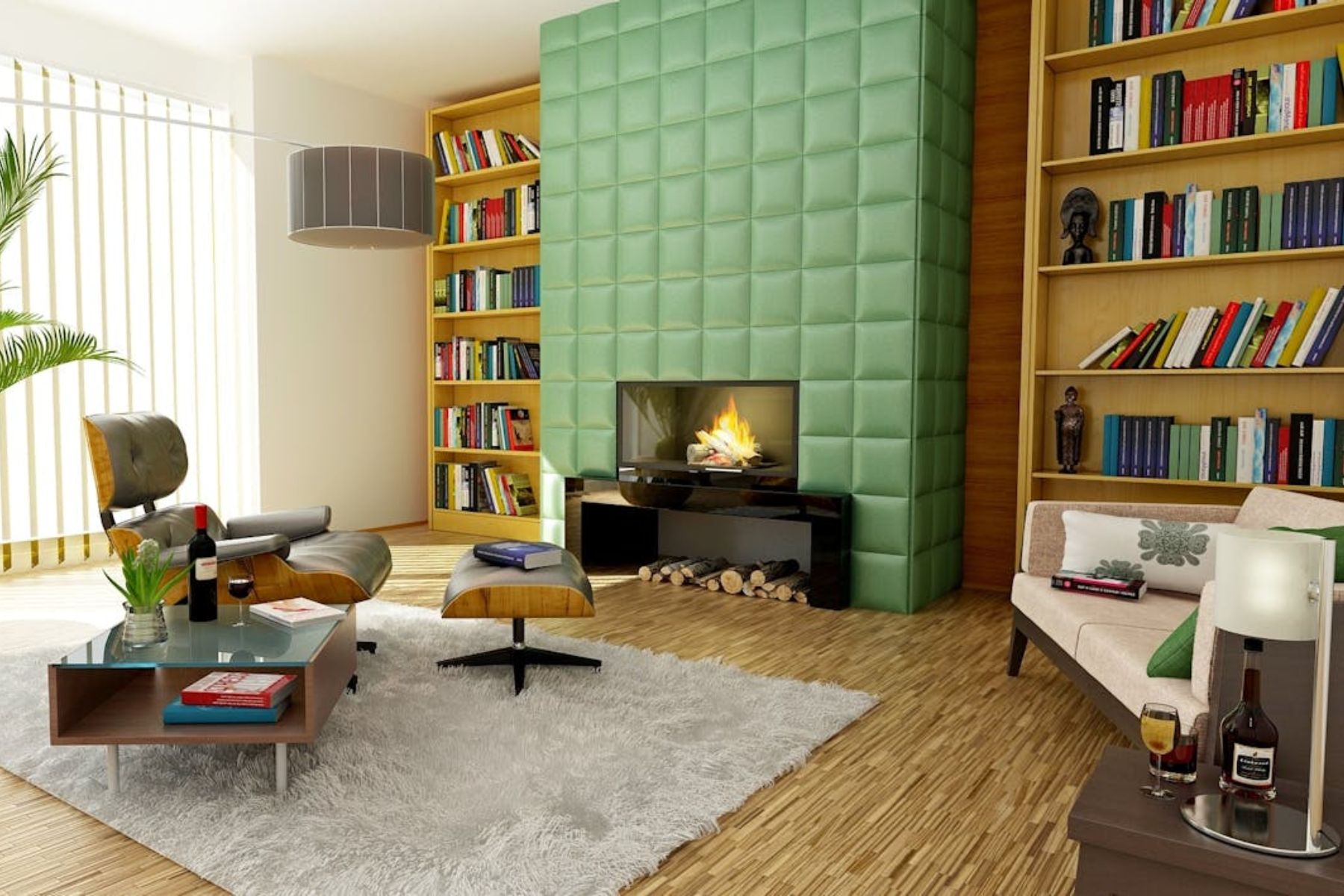
Glass may offer a clear view of the flame, but it demands constant upkeep. Soot, fingerprints, and dust quickly dull the panels, requiring regular attention. Additionally, cleaning often requires disassembling parts and utilizing specialized products. For homeowners who value low maintenance, these units can become more of a hassle than a highlight.
Oversized Mantels That Disrupt Room Balance
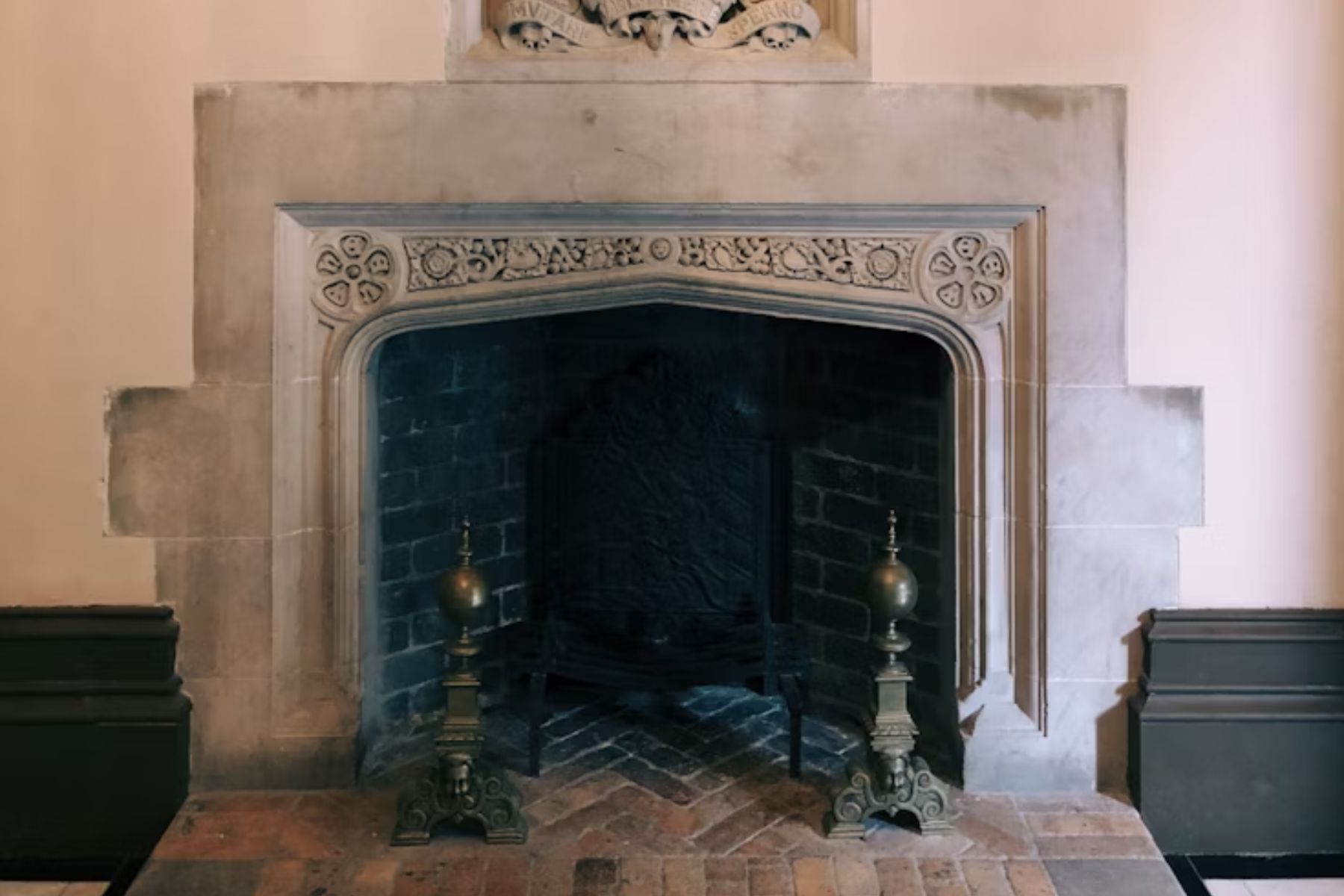
What’s meant to frame the fire often ends up overwhelming the room. Oversized mantels can dominate small spaces, making them feel cramped and unbalanced. Such designs also limit wall use for TVs or art and complicate furniture layouts. In minimalist or modern settings, the bulk clashes with the simplicity of the design.
Fireplaces With Non-Standard Fuel Requirements
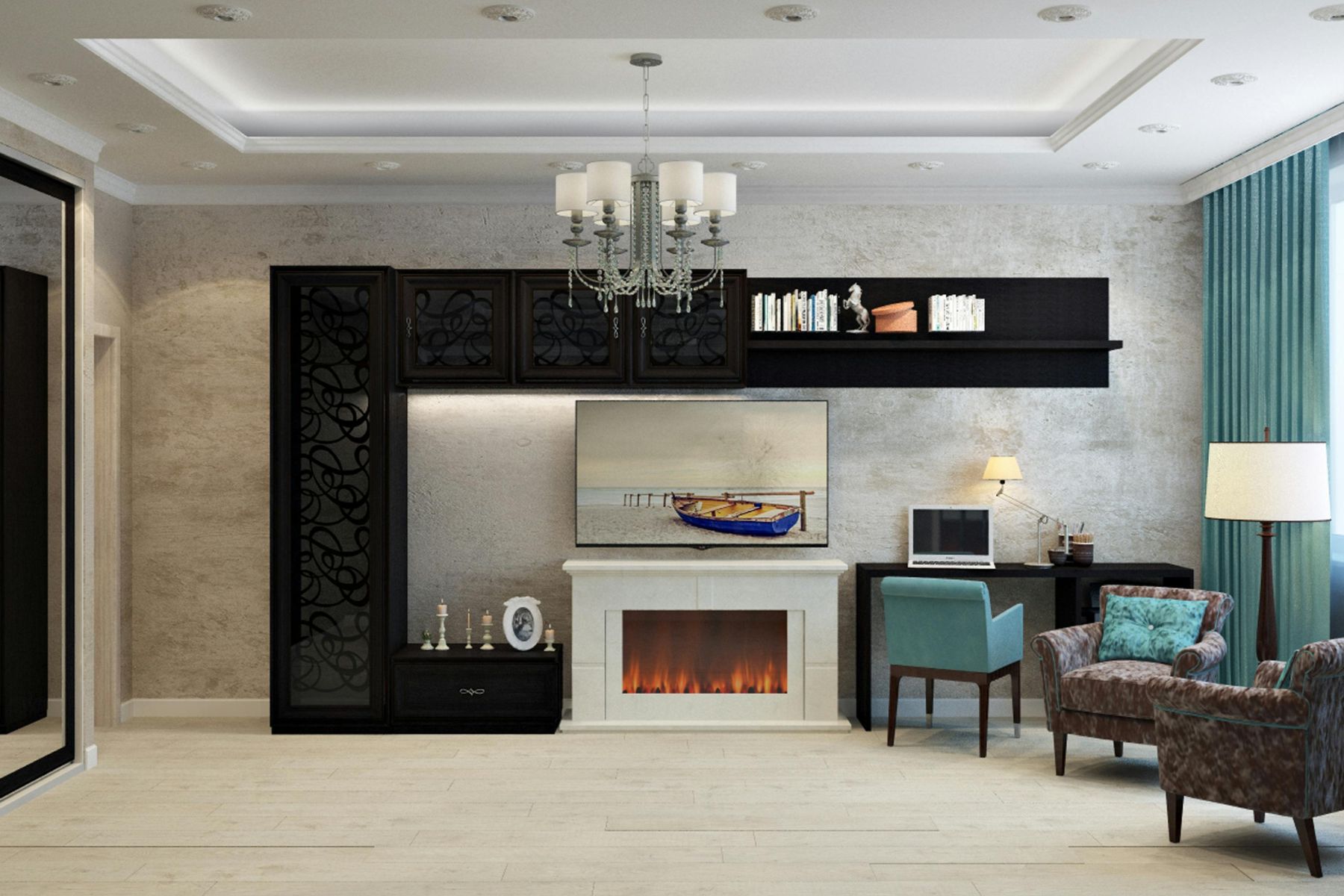
Unconventional fuels like gel or ethanol may seem innovative, but they bring complications. These fireplaces often require careful storage, special handling, and frequent refills. When supplies are limited, functionality suffers. Over time, the ongoing cost and sourcing challenges can turn what seemed like a smart choice into an expensive inconvenience.
Designs That Lack Proper Ventilation Solutions
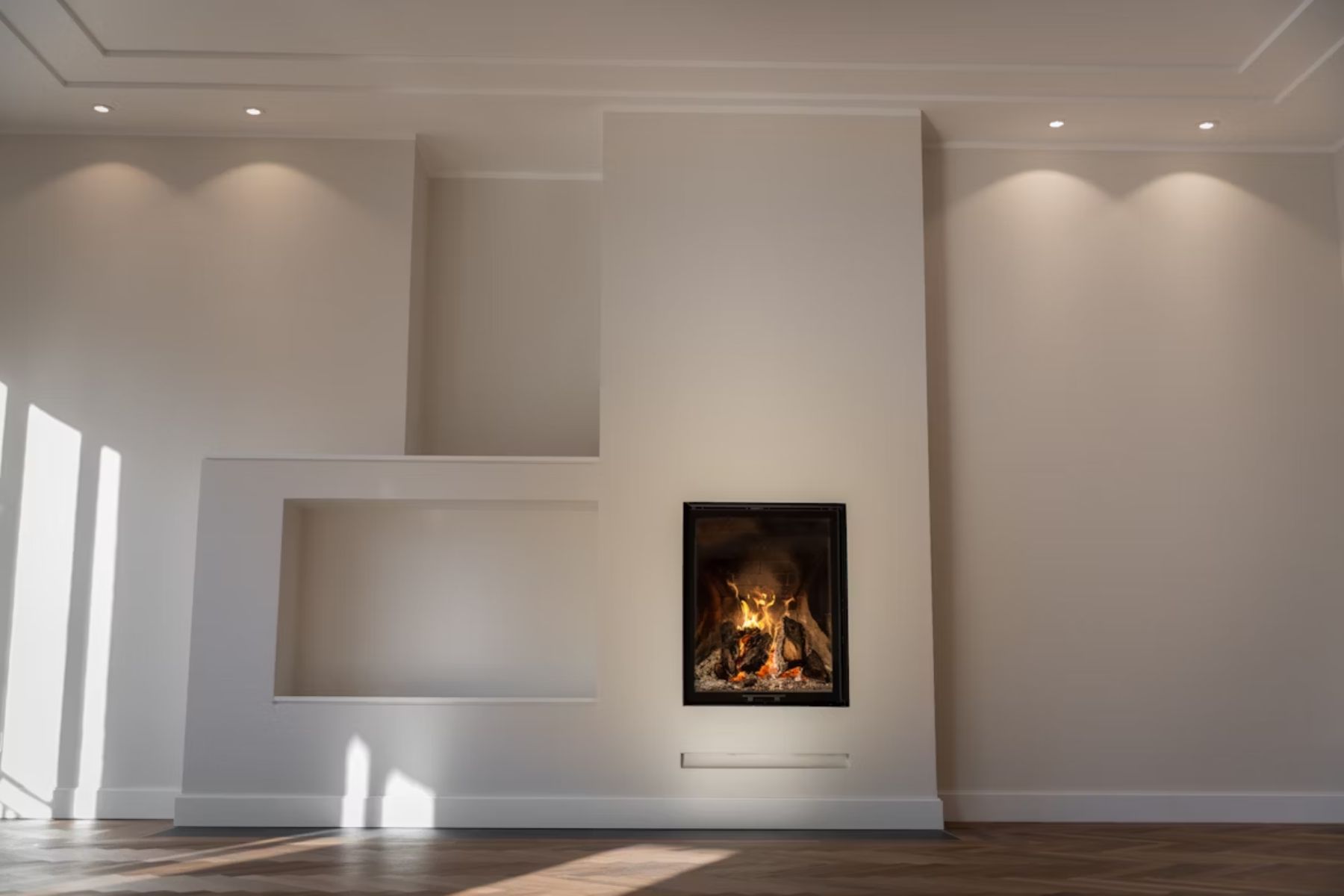
Neglecting proper airflow can lead to discomfort and invite poor air quality, moisture buildup, and unpleasant odors. Some vent-free models sacrifice long-term livability for easier installation. Others demand costly retrofits to correct issues. Without adequate ventilation, heat efficiency drops, and the experience becomes far less enjoyable—and sometimes unsafe.
Floor-Level Fireplaces That Pose Safety Hazards
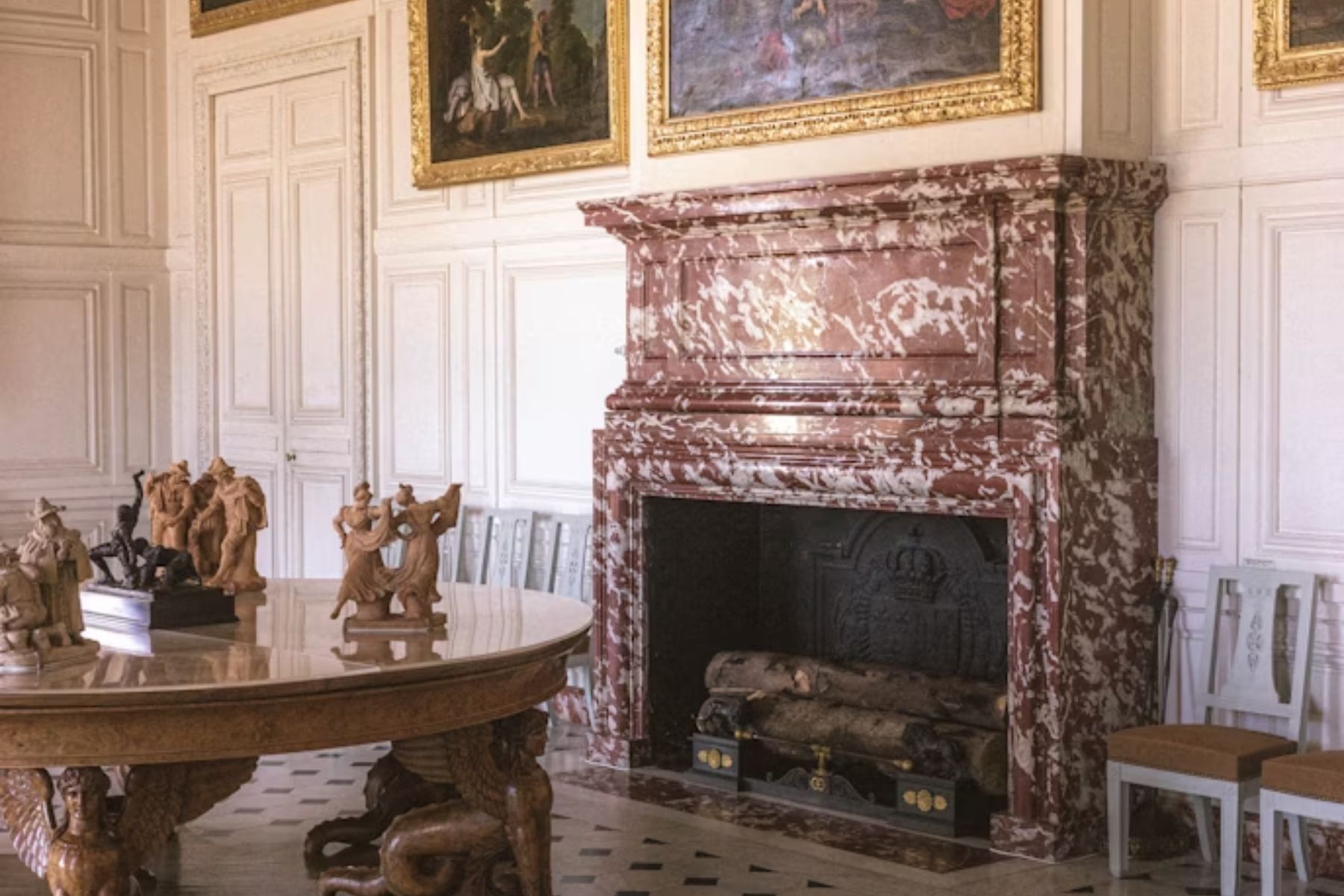
Positioning the flame too low creates numerous risks. Pets and small children can easily come into contact with exposed heat. Furniture or décor placed too close may catch fire. While the look is modern, extra safety barriers are often necessary, which can disrupt the clean aesthetic that drew you in.









